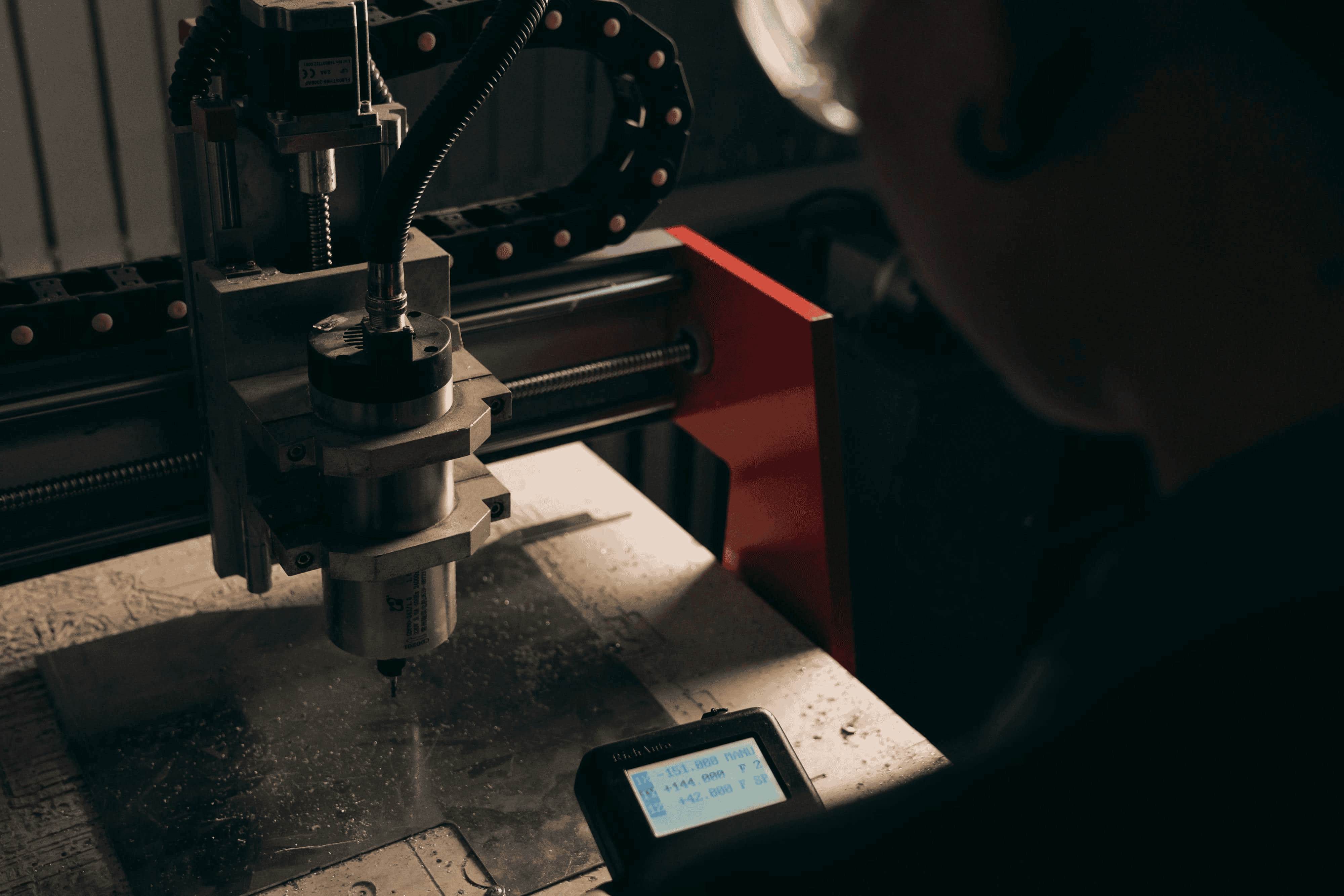Custom Fabrication

Brass rewards thoughtful design. This copper zinc alloy machines cleanly, forms well at room temperature, and resists corrosion, which makes it a favorite for hardware, trim, musical instruments, fluid fittings, and electrical connectors. It offers a warm luster, but it is more than looks. Its natural antimicrobial behavior suits touch points, while its density and damping calm vibration in enclosures and instruments.
Different alloys tune performance. C260 cartridge brass brings excellent cold workability for deep drawn shapes. C360 free machining brass speeds up turning and milling with tight tolerances. C464 naval brass improves strength and salt resistance for marine contact. Architects often specify C385 architectural brass where consistent color and workable strength matter.
Surface finish defines the final impression. A brushed grain softens reflections. Mirror polish brightens fixtures. Patinas introduce character, from subtle bronze tones to aged verdigris. Clear coatings lock in the look and limit tarnish in high traffic spaces. Hardware designers often test multiple finishes in the same geometry to choose the right balance of reflectivity and maintenance.
Brass fabrication near me with precision formed panels and polished hardware in a Fayetteville Arkansas shop setting.
Brass metal fabrication spans the full shop playbook. Start with flat sheet or bar stock, then cut, form, join, and finish. Cutting choices include shearing for straight lines, sawing for bar, and CNC routing or milling for contours and countersinks. Laser is common on many metals, though some shops prefer machining for brass to control heat input and edge color. Deburring after any cut removes burrs that would otherwise telegraph through a polish.
Forming exploits brass ductility. Air bending on a press brake creates crisp corners and hemmed edges without cracking. For complex contours, roll forming and draw forming can shape smooth curves with uniform strain. Designers should specify inside bend radii that are at least material thickness for most sheet gauges, then adjust after a sample run confirms thinned zones and springback targets.
Joining depends on temperature and appearance goals. Soft solder seals tight seams without a heavy bead, ideal for decorative seams and small enclosures. Brazing raises strength and gap fill while preserving a refined fillet. Tig welding is possible with care, but many decorative parts avoid it to maintain uniform color and minimize heat tint before finishing. Mechanical fasteners, threaded inserts, and concealed studs offer serviceability when disassembly matters.
Finishing starts with surface prep. Progress through sanding grits to remove tool marks, then buff to the specified gloss. Chemical patinas build controlled color, while clear coats such as lacquer or baked finishes protect against fingerprints and oxidation. For exterior use, consider a maintenance plan, because even the best sealants weather over time.
When you are evaluating capabilities for brass fabrication near me, use a checklist that balances function and appearance:
Brass is highly recyclable, so offcuts and chips return to the melt stream without losing material properties. That sustainability benefit often supports project goals while keeping costs predictable when volumes scale.
Select alloy for the job, not just the color. Use C360 for threaded parts and high speed milling to reduce tool wear and improve chip break. Choose C260 for formed panels where deep bends and draws are required. When galvanic contact is likely, isolate brass from dissimilar metals or specify compatible fasteners and sealants to limit corrosion cells. Provide clear callouts for cosmetic faces and grain direction to guide fabrication and finishing.
Plan cutting and machining steps to protect cosmetic surfaces. Peel away films right before final deburr and polish. Use sharp tools and conservative feeds on finishing passes to reduce chatter marks in visible zones. For forming, trial bends on the chosen batch, then document springback and adjust programs so production meets angles without overworking the grain.
Match the joining process to service conditions. Solder performs well indoors with careful fit up and flux control. Brazing offers better strength for hardware that sees load. After joining, neutralize flux residues completely, then move through finishing stages. A clear coat can preserve mirror polish in public spaces, while a living finish may be the right choice for a handrail that will age gracefully.
If your search for brass fabrication near me points you to Fayetteville Arkansas or the wider Northwest Arkansas region, bring a design pack that includes drawings, tolerances, finish expectations, and usage notes. A qualified team can help optimize features for manufacturability, protect cosmetic faces during handling, and map the cleanest path from prototype to install. Clear communication on quality checkpoints and packaging standards keeps elegant brass looking pristine when it arrives on site.
At OZK Customs in Fayetteville Arkansas, we turn drawings into precise brass components that fit and look the way they should. Our custom fabrication team supports design reviews, CAD refinement, and production planning to keep timelines realistic and results consistent. Explore our full range of fabrication services to see how we approach metal projects from first cut through finish. Want to know what sets our process apart in Northwest Arkansas? Visit why choose OZK Customs and learn how we build for accuracy, durability, and clean presentation across every project size.
Tell us about your brass metal fabrication goals, the environment where the parts will live, and the finish you envision. We will help you compare alloys, validate the approach, and deliver parts that install smoothly and stand up to daily use.
Ready to turn drawings into finished brass parts with reliable fit and finish? Tell us about your timeline, materials, and end use. Our team will review your design, map the best path to production, and quote fast so you can move from prototype to install without surprises.
ADDRESS:
6159 E Huntsville Rd, Fayetteville, AR 72701
PHONE:
(479) 326-9200
EMAIL:
info@ozkvans.com